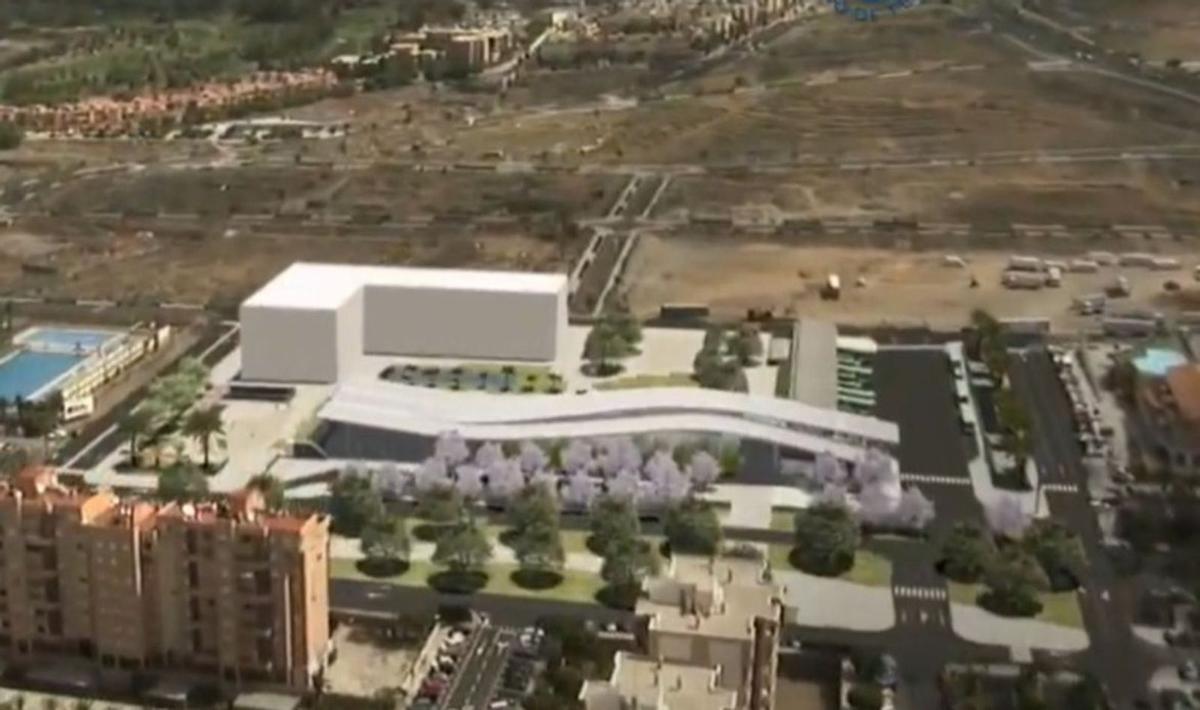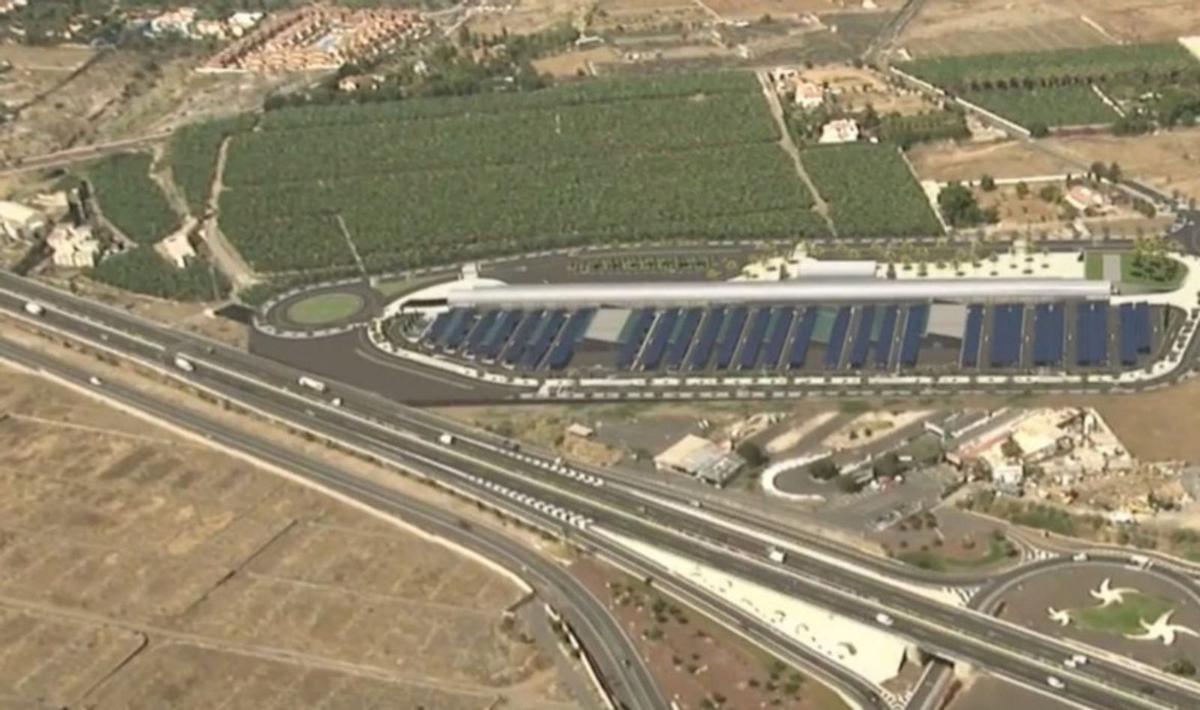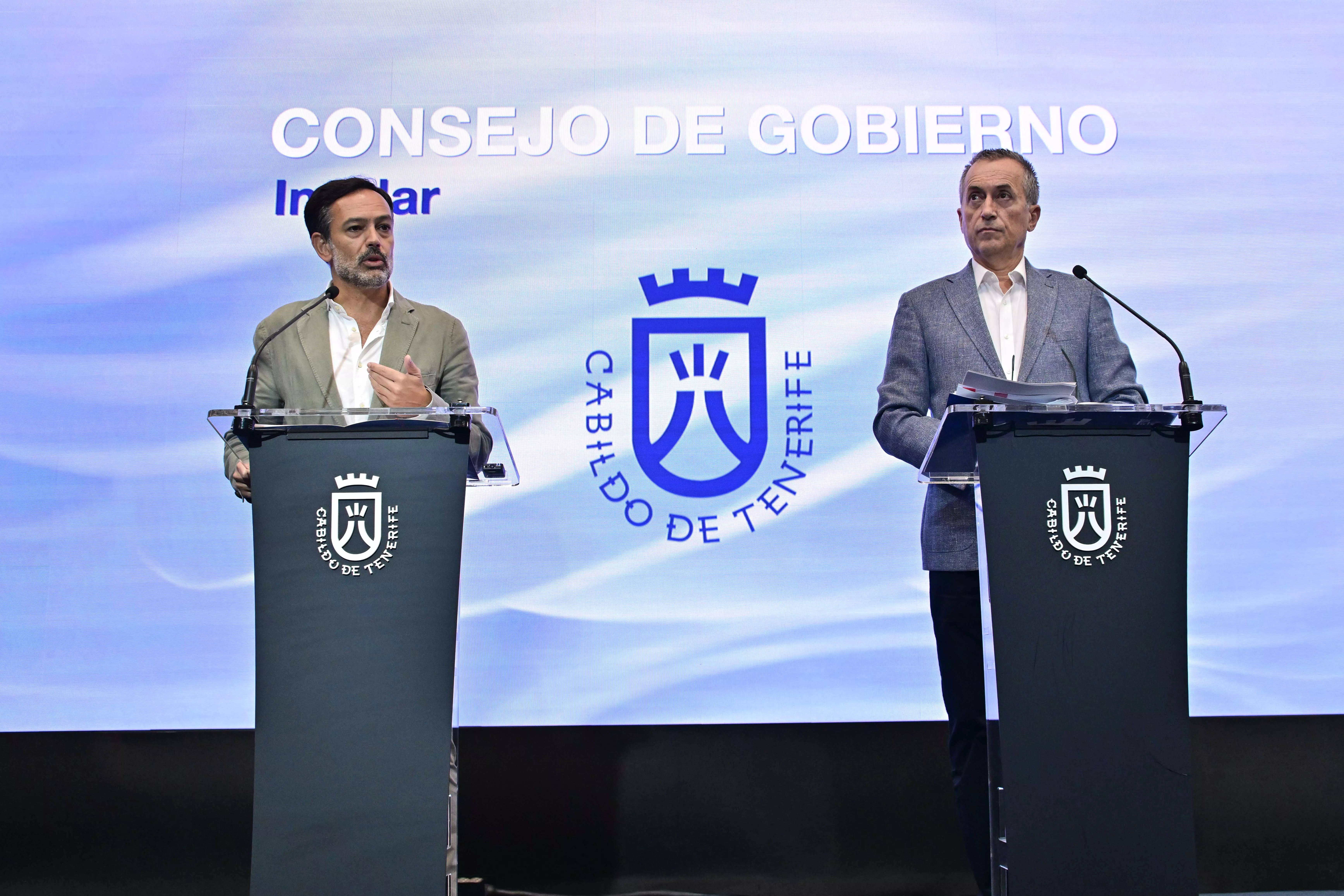A conventional suburban train between San Isidro (Granadilla de Abona) and Adeje, and a train-tram between La Laguna and Tacoronte passing through Los Rodeos airport. This is the plan being considered by the Tenerife Island Council for the initial sections of the South and North railway lines. Rosa Dávila, president of the island’s Corporation, revealed yesterday that this is the idea being worked on by the technicians. The Council is working at full speed to resolve the planning and expedite the process once the Canary Islands Government progresses in discussions with the national government to implement the railway projects of Tenerife into the national network.
Rosa Dávila (CC) considers it “vital” that the projects of the Southern and Northern trains, which she strongly supports, are incorporated into the national railway system to become a reality. “It would allow us to access state funding, but above all European funding, through the Connect Europe funds, with billions of euros for decarbonisation that could even cover 70% of the cost of the Tenerife lines,” stated the president of Tenerife yesterday.

The Cabildo proposes as the first section to be developed of the Tenerife railway network that from San Isidro de Granadilla to Costa Adeje of the South line. It would be a standard commuter train, with stops at various points such as Los Cristianos (photomontage on the left) and Adeje (photomontage on the right) | ed / Daniel Millet
Due to the high costs involved, the Canarian Government, in coordination with the Tenerife Island Council, is considering developing them in sections to start as soon as possible. The Tenerife Sustainable Mobility Plan includes an island rail ring that incorporates, in addition to the South and North lines, the West line – connecting Icod de los Vinos and Adeje – as well as an underground line between Güímar and La Orotava. The total cost exceeds 5.735 billion Euros.
The Canarian Government and the Tenerife Council prefer to divide the South and North lines to make them viable. The first action that would be considered is the section from San Isidro de Granadilla to Costa Adeje, to then complete the line from the South to Santa Cruz. “It should be noted that just this section, including the stations and depots, would cost around 800 million Euros,” clarifies Rosa Dávila. It would be a standard train like the commuter trains, passing through various points, including Reina Sofía airport.

Tenerife explores a train-tram for the North connecting La Laguna and Tacoronte / Daniel Millet
Next, the first section of the North train would be tackled. “We are considering, as the most viable option, a train-tram between La Laguna and Tenerife North Airport in Ciudad de La Laguna, which would then be extended to Tacoronte and continue to La Orotava, instead of a tram from La Laguna to the airport, in addition to a standard train like the one in the South. Technicians are working to determine the feasibility of this alternative, which would have less impact, lower cost, high effectiveness, and would run parallel to the North motorway,” explains the President of the Tenerife Island Council, highlighting that both sections “would attract a large number of passengers, reducing many vehicles from the highways and roads.”
Advantages of versatility
The proposed system for the North, at least for that first section La Laguna-Tacoronte, would also bring “significant advantages due to its versatility.” The train-tram – also known as a tram-train – is a vehicle derived from the tram capable of running on multiple routes. Its dual voltage capacity allows it to access railway and tram infrastructures, it can operate within railway standards, and switch to tram mode when entering the city.
These statements from Rosa Dávila come after the regional government announced that the first section of the Tenerife trains “can begin construction before 2027.” This was stated on Wednesday by the Minister of Public Works and Mobility, Pablo Rodríguez, before presenting, along with the Directors General of Transport and Road Infrastructure, María Fernández and Rosana Melián, the sustainable roadmap defined by this department with the goal of decarbonizing the Archipelago by 2040.
Rosa Dávila lamented “the time lost” by the previous regional and island governments led by the PSOE. “The previous governments shelved the projects, and now new teams have reactivated them,” said Dávila, concluding, “I am optimistic. I have seen a very positive disposition in the central government to include these plans in the national railway system.”
Subscribe to continue reading
















